| IN A NUTSHELL |
|
The global transition to renewable energy sources has sparked innovative solutions to balance electricity supply and demand. In Germany, a transformative project is underway at the former nuclear site in Philippsburg. The energy firm EnBW plans to construct one of the country’s largest battery storage facilities, leveraging the site’s strategic location. This initiative is part of a broader strategy to stabilize the power grid, accommodating the fluctuating output from renewable sources. As the world moves away from fossil fuels, the integration of such large-scale battery systems is crucial to ensure consistent power delivery, especially during periods of low renewable energy production.
Balancing the Grid
As the reliance on renewable energy sources like wind and solar power increases, the challenge of balancing the grid becomes more pronounced. Peter Heydecker, a board member at EnBW, emphasized the critical role of large-scale batteries in this new energy landscape. These batteries are pivotal in reconciling the variable generation capacity of renewable sources with actual electricity demand. The Philippsburg project is designed to capture excess electricity generated during periods of high renewable output and release it when demand surpasses supply, thus maintaining grid stability.
Heydecker highlighted a dual strategy involving both batteries and hydrogen-ready gas power plants. While batteries manage short-term fluctuations, these advanced gas plants are intended to provide backup during extended periods of insufficient renewable generation. Together, they form a flexible system capable of adapting to varying energy conditions.
“In the energy system of the future, the task of large-scale battery storage systems will be to reconcile two factors in the short term: The weather-dependent generation capacity of renewable energy sources on the one hand, and the actual electricity demand of households, businesses, and industry on the other,” Heydecker explained.
Energy Site is Tactical
The selection of the Philippsburg site is strategic, given its proximity to a significant substation constructed by TransnetBW, a major transmission system operator. This substation links to the Ultranet power line, which channels wind-generated electricity from northern Germany to its industrial southern regions. By situating an 800 MWh storage facility at this location, EnBW aims to optimize the capture and redistribution of surplus wind energy.
Mayor Stefan Martus of Philippsburg underscored the town’s historical significance in Germany’s energy landscape. He expressed optimism about continuing its legacy as a central hub for sustainable energy storage and distribution. However, the project’s success hinges on EnBW’s final investment decisions and the acquisition of necessary permits. If these hurdles are cleared, the battery storage system is expected to be operational by mid-2027.
“Philippsburg has been one of the most important energy locations in the whole of Germany for half a century – and our town is set to continue to play this outstanding role as an anchor point and huge storage facility for sustainable power generation,” concluded Martus.
https://www.sustainability-times.com/energy/theyre-literally-making-gold-from-thin-air-critics-slam-fusion-firms-wild-claim-of-creating-millions-while-powering-the-grid/
Repurposing Nuclear Sites
The transition from a nuclear power generation site to a battery storage facility marks a significant shift in energy policy and infrastructure use. The development is planned on land separate from the existing nuclear plant infrastructure, allowing for an independent timeline. This separation is crucial, as the decommissioning of the site’s nuclear reactors is a complex process that will continue for several more years.
By repurposing sites like Philippsburg, Germany is not only addressing the immediate needs of its power grid but also setting a precedent for sustainable development. The shift from nuclear to renewable energy storage reflects a broader commitment to reducing carbon emissions and enhancing energy security. This model could serve as an example for other countries grappling with similar transitions.
Future Implications for Energy Security
The Philippsburg project highlights the importance of innovative solutions in the global energy transition. As nations strive to meet climate goals and reduce reliance on fossil fuels, ensuring energy security becomes paramount. Large-scale battery systems, coupled with other renewable energy technologies, offer a path toward a more resilient and sustainable grid.
However, the successful integration of these technologies requires careful planning, substantial investment, and regulatory support. As the world continues to innovate in renewable energy, the question remains: How can countries best balance technological advancements with the need for reliable and affordable power for all?
Did you like it? 4.5/5 (28)
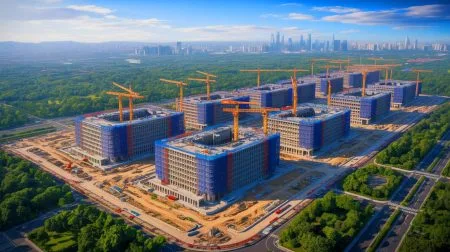
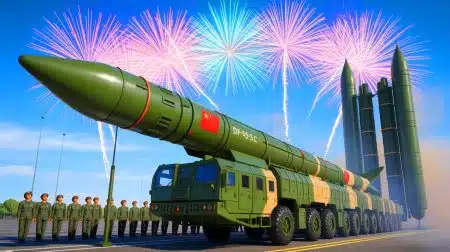
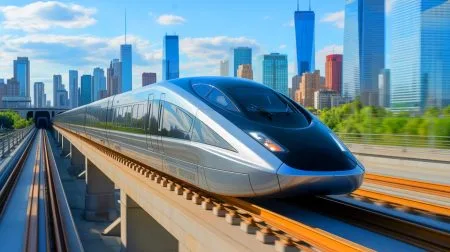

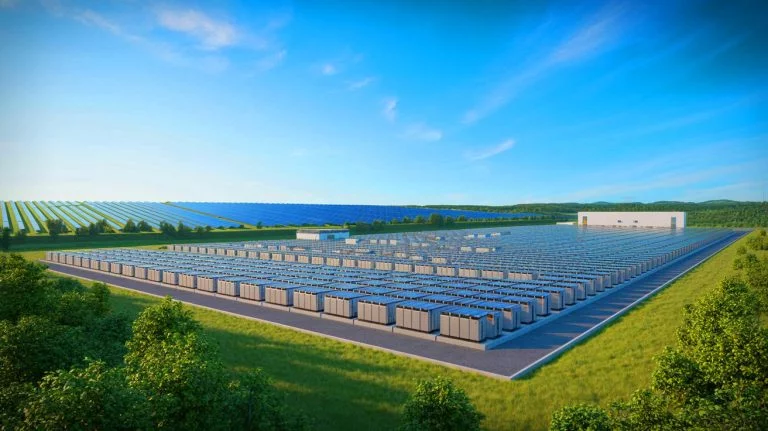

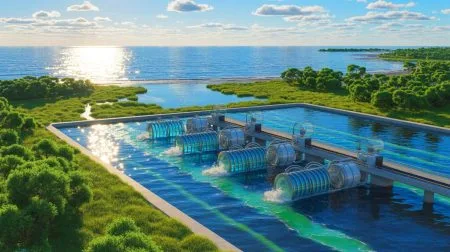
Wow, turning a nuclear site into a battery storage facility is a game changer! 🚀
How much will this project cost, and who’s funding it?
Thank you for sharing this! It’s incredible to see such innovative solutions to energy challenges.
This sounds promising, but what are the potential environmental impacts of this new facility?
Will the battery storage be enough to power 100,000 homes consistently? 🤔
Can’t wait to see how this project unfolds! Kudos to EnBW for taking the lead. 👏
Is this initiative part of Germany’s broader energy transition strategy?
Isn’t it ironic that a nuclear site is now a hub for renewable energy? 😄
What types of batteries will be used in this facility?
Hope this project inspires similar ones worldwide! 🌍
When exactly will the site be operational, and how long will the construction take?
Great article! It makes me hopeful for a fossil-free future.
Will these batteries be able to handle extreme weather conditions?
Could this technology be applied elsewhere in Europe?
Is EnBW collaborating with any tech companies for battery technology?
Interesting read, but what happens if the project doesn’t get the necessary permits?
EnBW is taking a huge risk, but it’s one worth taking for the planet. 🌱
How much surplus energy can this facility capture and store?
Why aren’t more countries doing this? Seems like a no-brainer! 🤷♂️
Is there a plan to expand the facility in the future?
Finally, some good news about energy! Thanks for the update. 😊
Are there any concerns about the decommissioning process of the nuclear reactors?
How will this project affect local communities in Philippsburg?
What are the long-term benefits of this project for Germany’s energy grid?
Would love to see a follow-up article once the project is underway!
Is this the future of all closed nuclear sites? Hope so! 🤞
Hope this project doesn’t face too many regulatory hurdles. Fingers crossed! 🤞